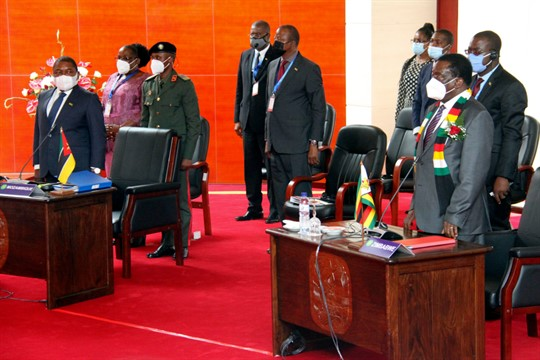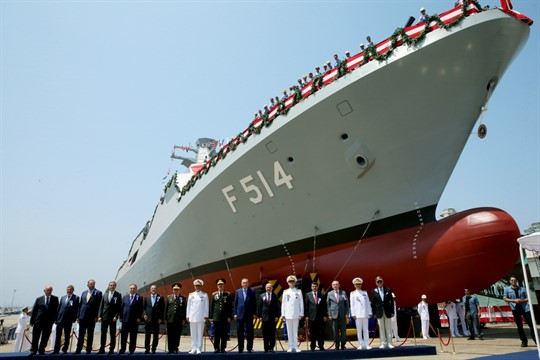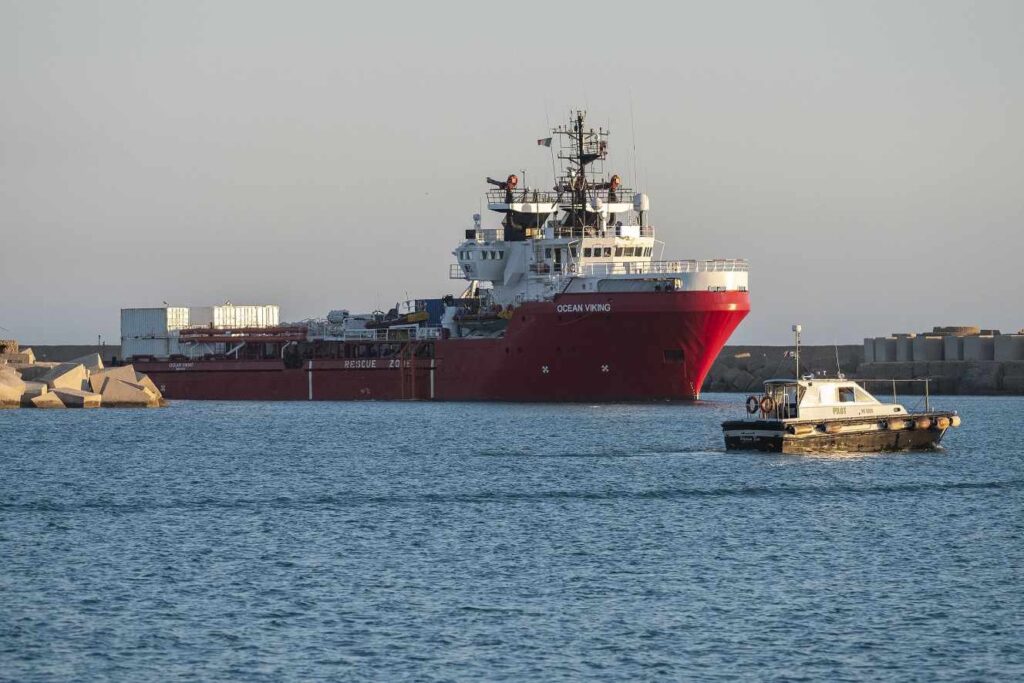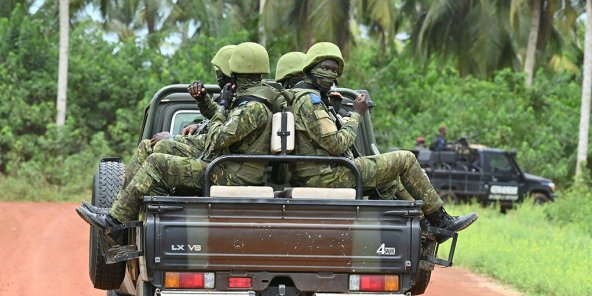Mozambique Could Become Africa’s Next Piracy Hot Spot

On March 24, Ansar al-Sunna, a militant group linked to the Islamic State, launched a bloody attack on the coastal town of Palma, in northern Mozambique’s Cabo Delgado province, leaving at least 61 dead and scores more unaccounted for. The assault, which lasted more than a week and took place near a major liquefied natural gas plant under construction by the French energy giant Total, made global headlines and shined a spotlight on a fast-growing insurgency.





